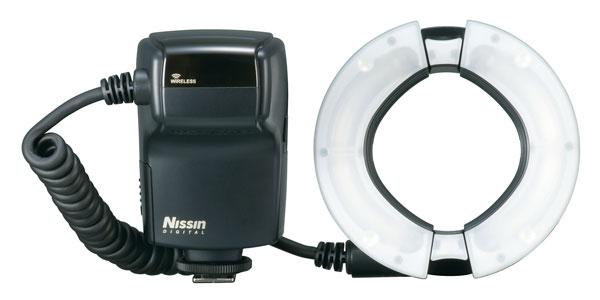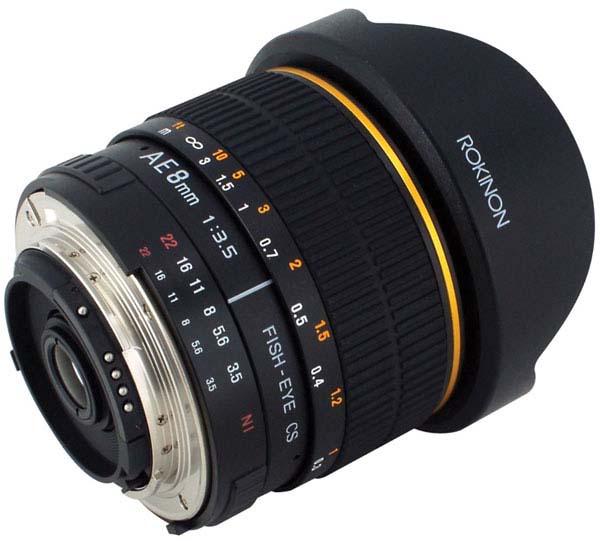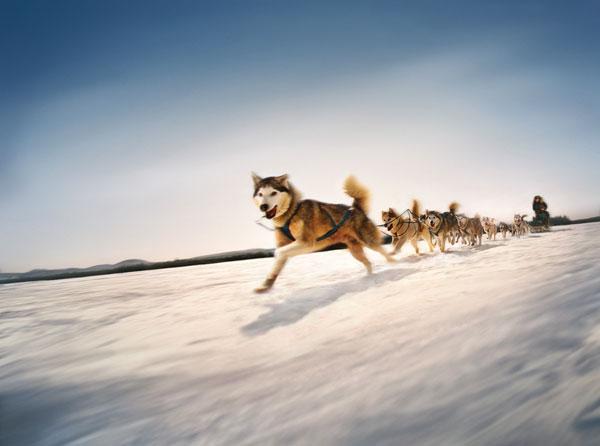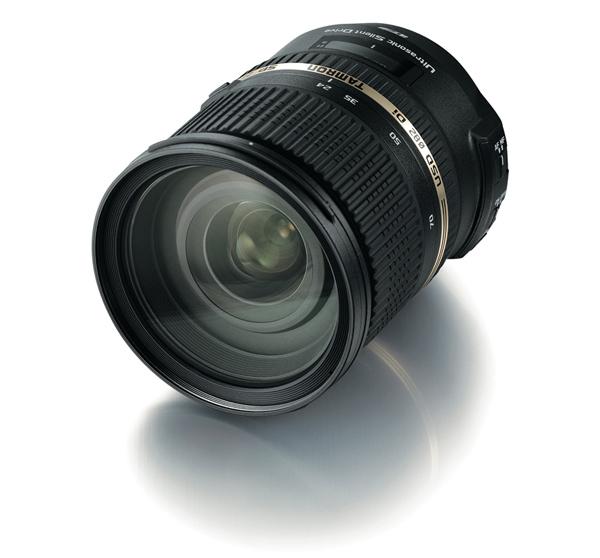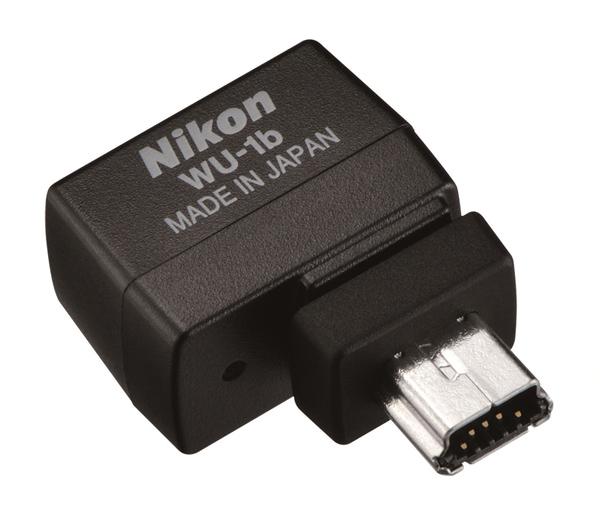Jack Neubart
|
Sep 06, 2013 |
First Published: Aug 01, 2013
|
Sep 03, 2013 |
First Published: Aug 01, 2013
|
Aug 30, 2013 |
First Published: Jul 01, 2013
|
Aug 19, 2013
|
Aug 16, 2013
|
Aug 06, 2013 |
First Published: Jul 01, 2013
|
Jul 09, 2013 |
First Published: Jun 01, 2013
|
May 10, 2013 |
First Published: Apr 01, 2013
|
May 06, 2013 |
First Published: Apr 01, 2013
|
May 03, 2013 |
First Published: Apr 01, 2013


